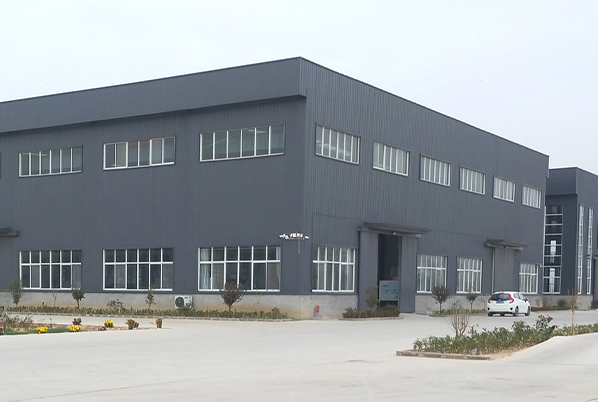Aug . 21, 2024 19:07 Back to list
Innovative Solutions for Construction with Chinese Formwork Materials and Techniques
Understanding Formwork Materials in China An Overview
Formwork materials play a crucial role in the construction industry, particularly in concrete construction where they are essential for shaping and supporting concrete until it gains sufficient strength to be self-supporting. In China, a country that has experienced unprecedented urbanization and infrastructural growth over the past few decades, the demand for efficient and reliable formwork materials has skyrocketed.
The Types of Formwork Materials
Formwork can be classified into several categories based on the materials used. The most common types include timber, steel, aluminum, and plastic. Each type has its advantages and disadvantages depending on the specific application, cost, and the overall construction strategy.
1. Timber Formwork Traditionally, timber has been the primary material for formwork due to its availability and ease of use. In China, plywood and engineered wood products are often used because they are lightweight, easy to handle, and flexible. However, timber formwork can be labor-intensive, require a higher skill level for assembly, and may not be reusable beyond a few cycles.
2. Steel Formwork Over the years, the construction industry in China has increasingly adopted steel formwork due to its durability and reusability. Steel forms are capable of withstanding high pressures from concrete and can be reused a large number of times, making them a cost-effective solution over time. Additionally, they offer a more precise finish, reducing the need for additional finishing work.
3. Aluminum Formwork Another innovative approach gaining traction in China is aluminum formwork. Weighing significantly less than steel, aluminum forms are easier to handle and transport. They can be quickly assembled and disassembled, which is advantageous for projects that require rapid construction timelines. Their reuse potential also adds to their sustainability credentials, though the initial investment is typically higher than that of timber or steel.
4. Plastic Formwork Plastic or composite formwork is another emerging trend in China. These systems are lightweight, resistant to water, and simple to clean. They offer good insulation properties, which can be beneficial in certain weather conditions. However, their use has been limited compared to traditional materials due to concerns about the longevity and structural integrity of plastic under heavy loads.
Factors Influencing the Choice of Formwork
china formwork material

Several factors influence the choice of formwork materials in China, including
- Project Scale Large-scale projects may benefit from the efficiency of aluminum or steel systems, which can be reused multiple times. Smaller projects might lean towards timber for its initial cost-effectiveness.
- Complexity of Design More intricate designs often necessitate materials with higher adaptability, such as plastic or modular formwork systems that can be customized.
- Speed of Construction With the emphasis on rapid urban development, formwork that allows quick assembly and disassembly, such as aluminum systems, is increasingly favored.
- Environmental Considerations As China moves towards sustainable construction practices, the durability and reusability of formwork materials are being assessed more rigorously. There is a growing trend toward using materials that minimize waste and environmental impact.
Future Trends
The evolution of formwork technology in China is continuous, driven by innovations in materials and construction methods. Manufacturers are exploring advanced composite materials and developing smart formwork systems that integrate technology for better efficiency. Sustainability is becoming an essential consideration, prompting the industry to seek eco-friendly alternatives and recycling solutions for formwork systems.
In conclusion, formwork materials in China represent a critical intersection of engineering, materials science, and modern construction practices. As projects grow in scale and complexity, understanding the strengths and weaknesses of various formwork materials will remain vital for ensuring the success and sustainability of construction efforts across the nation.
-
High-Quality U Head Jack Scaffolding – Reliable Scaffolding Jack Head Manufacturer & Factory
NewsJul.08,2025
-
High-Quality I Beam H20 Leading Timber Beam H20 Material Factory, Exporters & Manufacturers
NewsJul.08,2025
-
High-Quality Powder Coating Steel Formwork - Durable & Corrosion Resistant Solutions
NewsJul.07,2025
-
Inclined Column Formwork Supplier – Durable & Precise Solutions for Unique Structures
NewsJul.07,2025
-
High-Quality Water Stop Solutions Trusted Water Stop Company & Suppliers
NewsJul.07,2025
-
High-Quality Formwork Material Supplier Reliable Manufacturer & Factory Solutions
NewsJul.06,2025